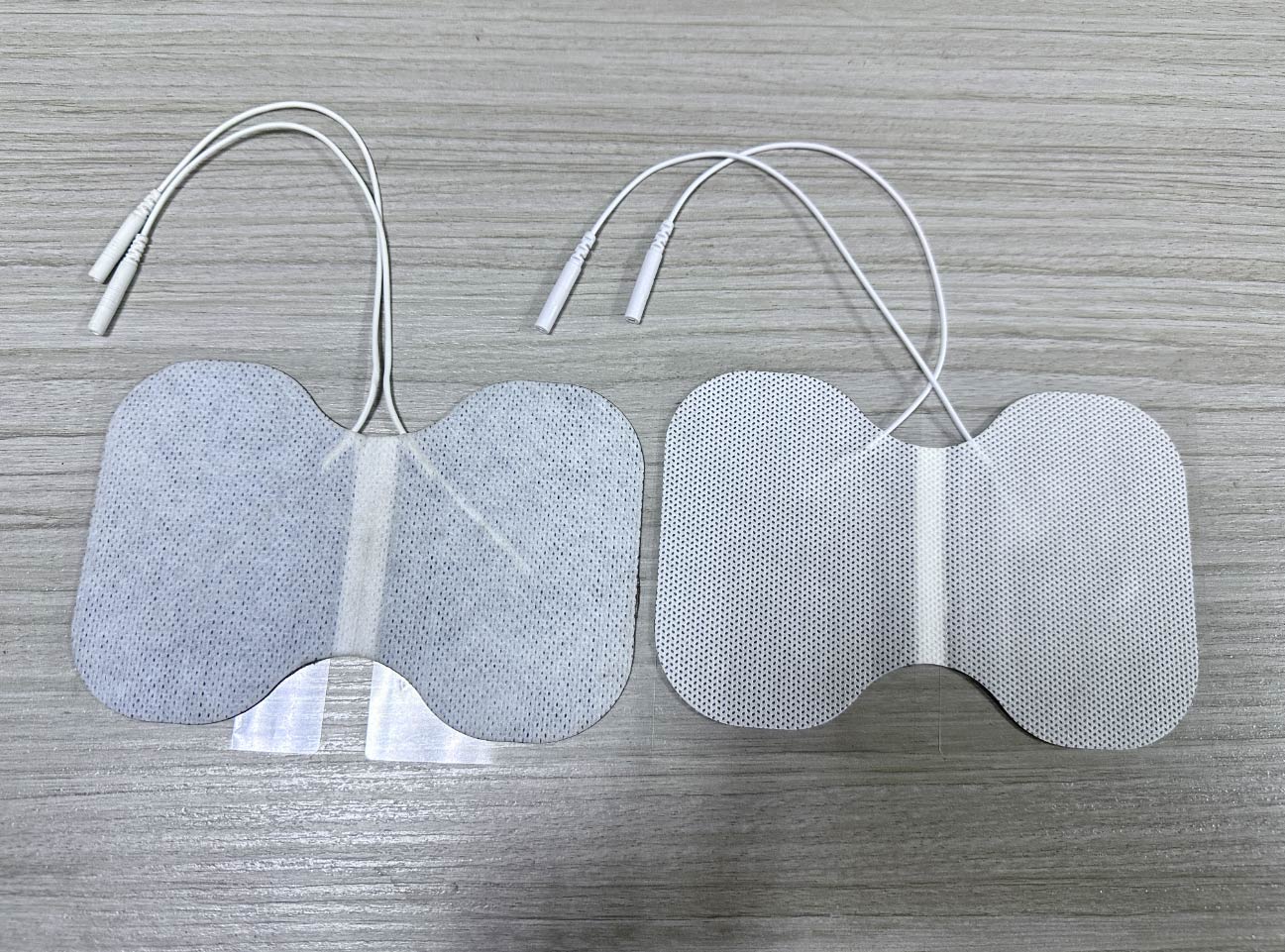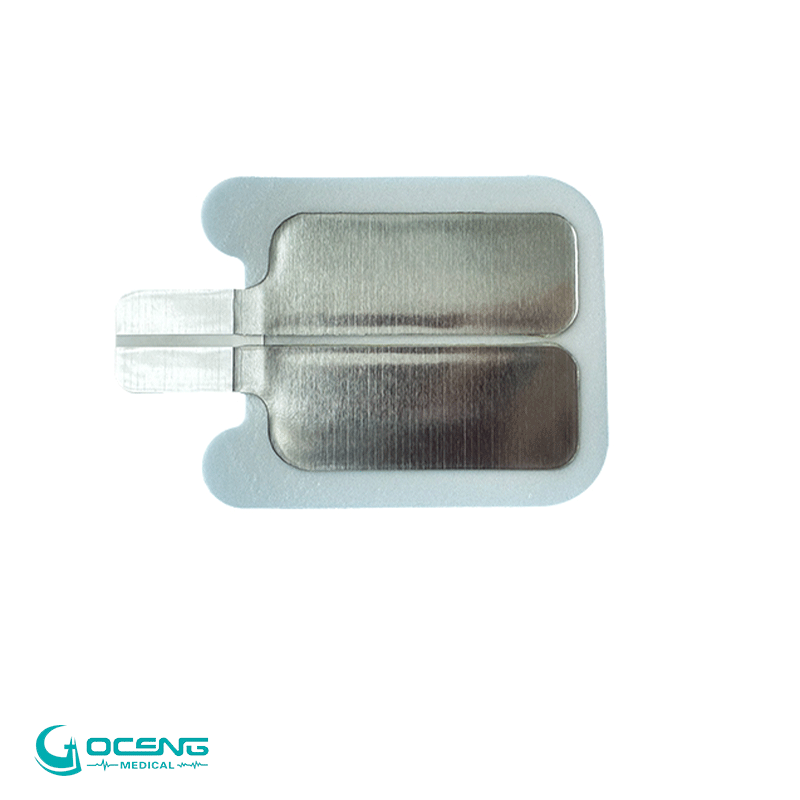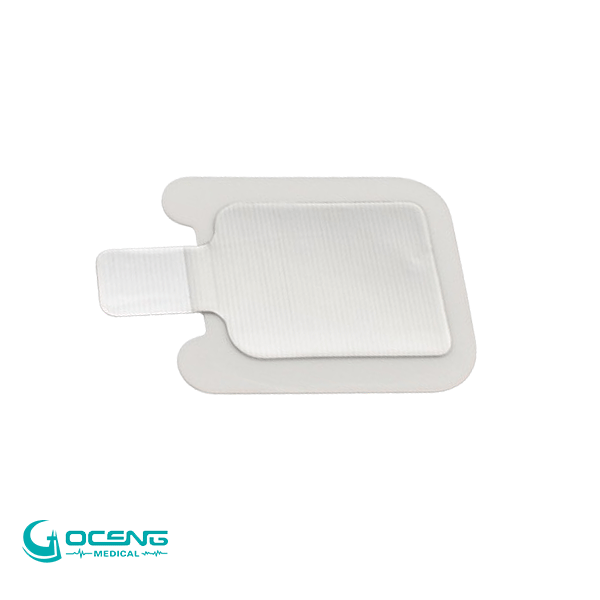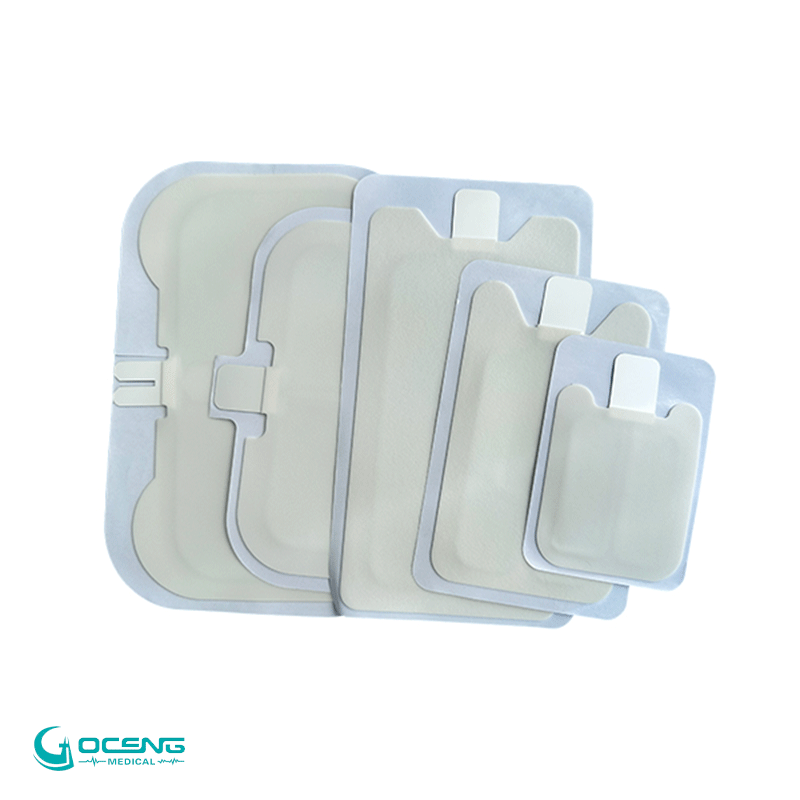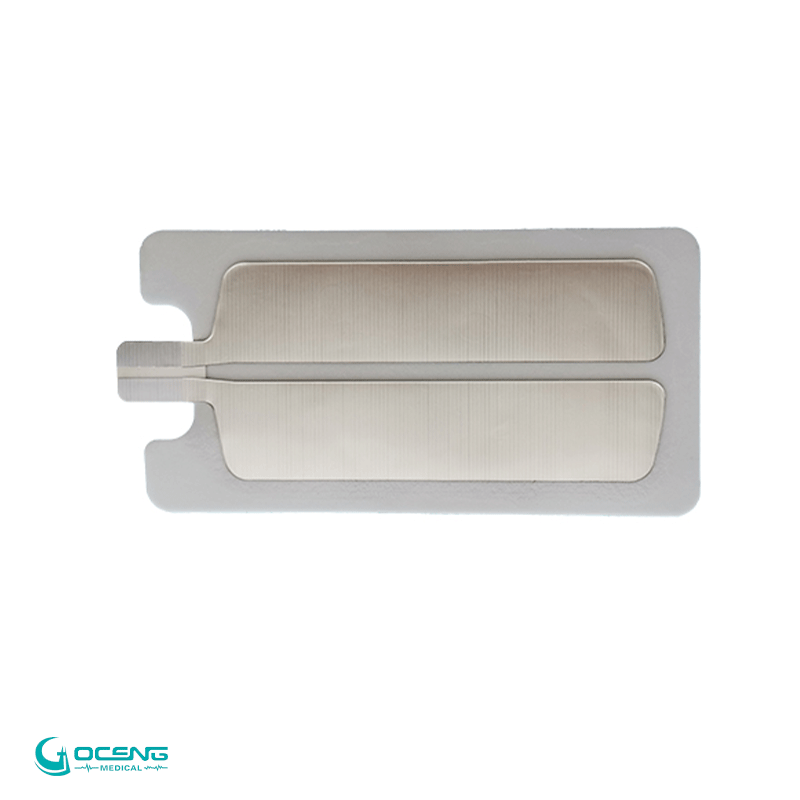To clarify the different materials used in TENS butterfly devices, it’s important to understand the key components and materials commonly involved in their construction.
Key Components and Materials
-
Electrode Pads:
- Adhesive Gel Pads: These are made from a conductive hydrogel material that sticks to the skin and allows electrical impulses to pass through. They need to be skin-friendly and reusable.
- Foam or Cloth Backing: Some pads have a foam or cloth backing to provide structure and support to the gel pad.
-
Conductive Elements:
- Carbon: Carbon is often used in the conductive layer of the pads because it’s a good conductor of electricity and flexible.
- Silver or Other Metals: Some high-end TENS devices use silver or other metals for improved conductivity and durability.
-
Main Device Body:
- Plastic: The casing of the TENS butterfly is usually made from durable, lightweight plastic. ABS (Acrylonitrile Butadiene Styrene) is a common plastic used for its strength and resistance to impact.
- Silicone: Some parts of the device, especially areas that need to be flexible or skin-contact safe, may be made from medical-grade silicone.
-
Battery:
- Lithium-ion Battery: Many modern TENS devices use rechargeable lithium-ion batteries due to their high energy density and long life.
- Alkaline Batteries: Some devices might use standard alkaline batteries, especially if they are lower-cost models.
How to Identify and Clarify Materials
-
Manufacturer’s Specifications:
- Read the Manual: The user manual often provides detailed information about the materials used in the construction of the device.
- Product Website: Check the product’s official website or retailer descriptions, which usually list the materials and components used.
-
Labels and Certifications:
- Look for Labels: Devices might have labels or stamps indicating materials, especially if they use medical-grade or hypoallergenic materials.
- Certifications: Products with certifications (e.g., FDA approval, CE marking) often have documentation detailing the materials used.
-
Physical Examination:
- Feel and Texture: Examine the texture and flexibility of the electrode pads and the device body. Silicone tends to be softer and more flexible compared to hard plastic.
- Weight: Metal components might add some weight compared to all-plastic devices.
-
Contact Manufacturer:
- Customer Support: Reach out to the manufacturer’s customer support for detailed material information if it is not readily available in the documentation.
- Ask Specific Questions: Inquire about the type of adhesive used, the specific materials in the conductive layer, and any hypoallergenic certifications.
-
Third-Party Reviews and Tests:
- Reviews: Look for user reviews or expert reviews that might mention the materials and their quality.
- Testing Results: Some independent testing labs might provide reports on the materials and safety of the device.
Learn more the materials used in your TENS butterfly device helps ensure you choose a device that is safe, effective, and suitable for your specific needs, especially if you have any material sensitivities or allergies. Goceng medical produces different hydrogels ,which are available for different consumers . Check more at : www.gocengmed.com

